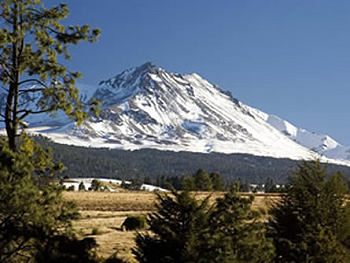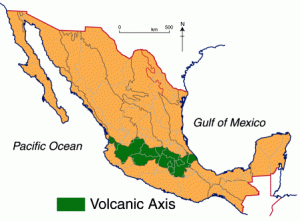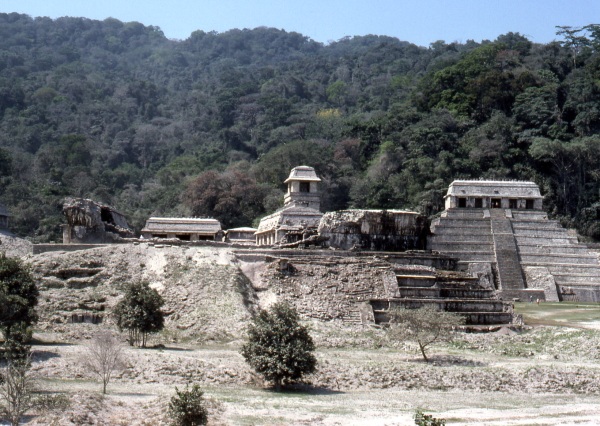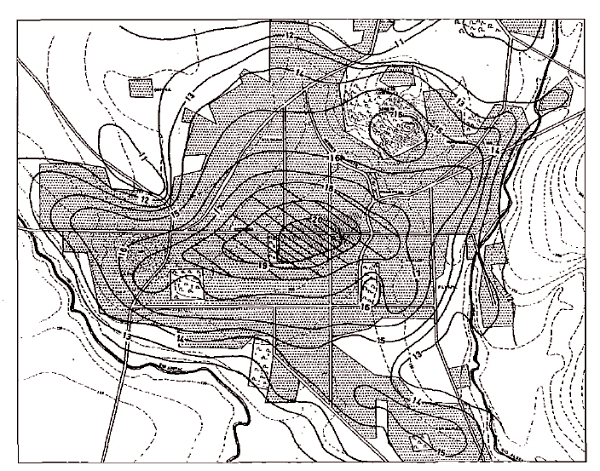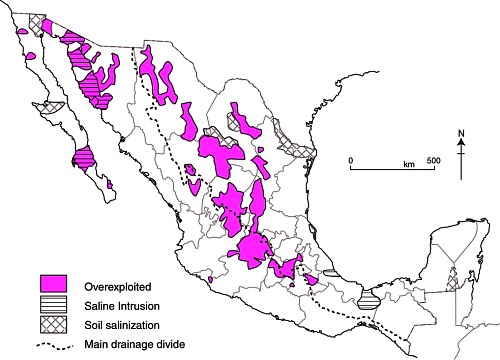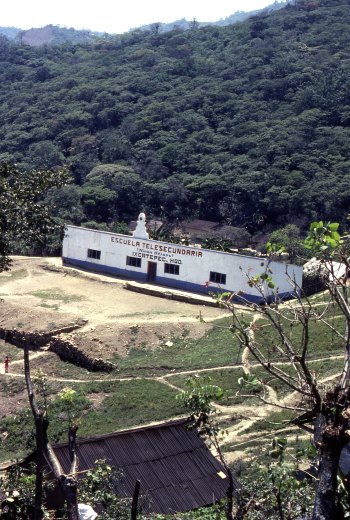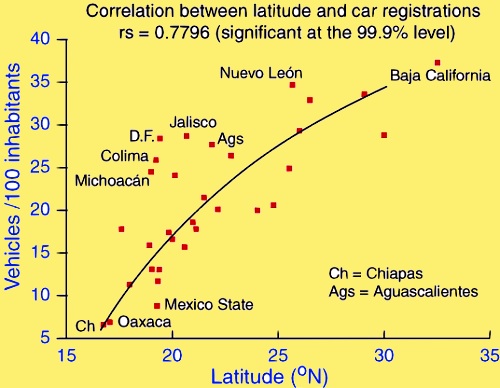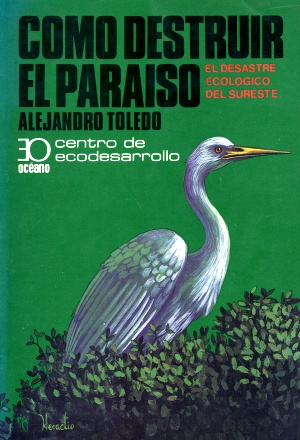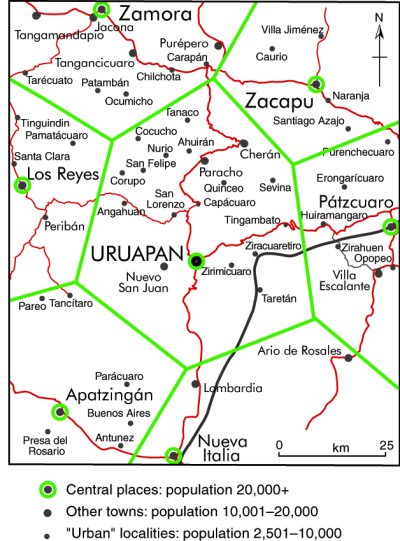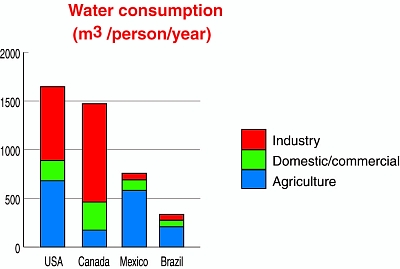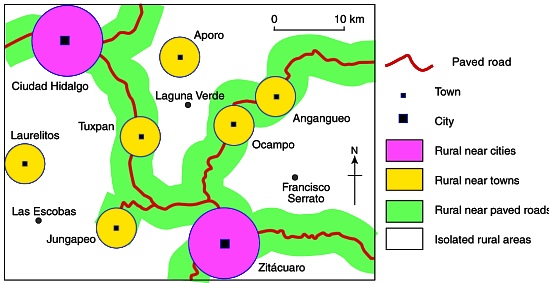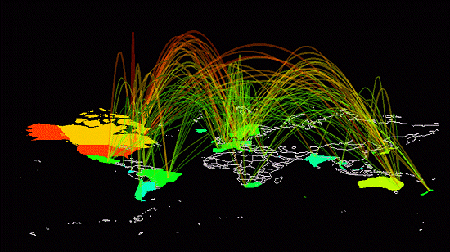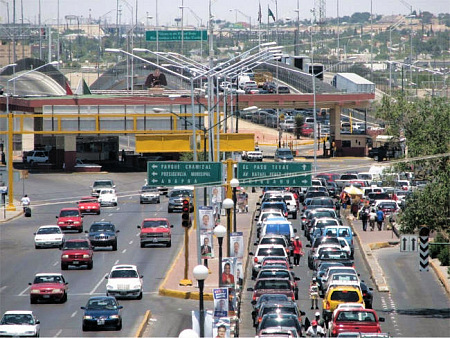How well does central place theory fit the Mexican situation? In terms of the relative numbers of settlements of different size, it fits quite well. The theory suggests that there will be a regular (geometric) progression between the number of settlements of each successive size. The hierarchy of central places in Mexico is quite similar to that predicted by the theory (see table).
| Population size | Number of localities or municipalities | % of national population |
| < 2,500 | 184,714 | 23.5 |
| 2,500–9,999 | 2,379 | 10.6 |
| 10,000–49,999 | 615 | 12.1 |
| 50,000–499,999 | 162 | 25.6 |
| 500,000–999,999 | 23 | 13.9 |
| 1,000,000 + | 11 | 14.3 |
At the lowest level in Mexico are a large number of very small centers providing a limited range of goods and services. At this level are small convenience stores (abarrotes or bodegas) selling basic Mexican household goods such as sugar, tortillas, bread, produce, snacks, basic canned goods, candy, eggs, beer, soft drinks, cigarettes, matches and basic toiletries.
Other small stores at this lowest level might sell such things as household cooking and lighting fuels (wood, gas, or kerosene), seed, animal feed, fertilizer and other basic farm inputs. Other services might include a place that buys agricultural production, auto and tire repair shops, and a bus pick-up point. Some of these small centers might also have tortillerías (shops making tortillas), a primary school and a pay phone.
At the next higher level there is enough demand to support everything at the lowest level plus simple bakeries, hardware stores, mini-super markets, electrician/plumbers, welding shops, simple clothiers or dressmakers, beauty salons, basic health care, simple pharmacies, a church, a secondary school, simple eateries, and repair of household electrical items (radios, blenders, TVs). There might be only half or a third as many settlements (places) at this level as at the lowest level.
Central places at this level might also have weekly or periodic markets. Such markets usually occur only one day a week because there is not sufficient threshold demand to support them on a daily basis.
The link is to a map showing the major weekly marketing cycles for the Oaxaca area in southern Mexico. With the exception of Oaxaca city (population 480,000) and Miahuatlán (33,000), all the other towns have populations between 13,000 and 20,000. The merchants at such markets generally carry their wares from village to village on the days of their respective markets. Some local farmers also sell their produce at such markets. These markets give villagers access to a much wider range of goods than might otherwise be possible. Simultaneously, traders maximize their opportunities to make a profit.
Depending on the rural population density and economic demand for particular goods and services in the geographic area, periodic or weekly markets may not exist at this level of the hierarchy in some regions and may only appear at higher levels.
A similar principle applies to a circus (figure 24.4 in Geo-Mexico), which needs access to an even larger threshold population than a weekly market. This is because each individual visitor will not be prepared to travel far to see the show and has little interest in seeing the same acts more than once. Even a very large city will only house enough people to fill the Big Top for a few weeks. The circus’s solution, in central place terms, is to access the combined populations of numerous towns or cities by moving from one to the next, on an annual or biannual itinerary.
As we move up the hierarchy in Mexico, there is enough demand to support everything at the lower levels as well as new services requiring higher levels of threshold demand. These might include doctors, dentists, carpenters, construction supplies, furniture and cabinet makers, bars, restaurants, a Pemex gas station, auto parts stores, and a variety of retail outlets selling such things as stationary and paper products, mobile phones, toys, flowers, plastic ware, and kitchen items. Centers at this level are larger and far fewer in number than the smaller centers at lower levels.
At the next higher level there are even fewer and even larger central places providing such services as appliance sales, jewelry stores, banks, opticians, lawyers, accountants, photographers, preparatory schools, hospitals, hotels, used car and pickup sales, a Coca-Cola bottler, funeral homes, a bus station, a Telmex office, TV and electronics sales, cyber cafes, clothing boutiques and shoe stores.
Further up Mexico’s hierarchy there is enough demand to support higher level services such as: new car and truck sales, TV and radio stations, movie theaters, giant supermarkets, printers, bookstores, dry cleaning, real estate offices and office supply stores. Centers at this level would be fewer in number and have larger geographic market areas.
At the top of the hierarchy are places like Mexico City and Guadalajara, where the demand is sufficient to support the highest level goods and services such as giant modern retail malls, international airlines, convention centers, international hotels, live theater, investment banking, TV studios, multimedia advertising agencies, major universities with medical schools, all types of specialized luxury products, and very specialized professional services such as heart and brain surgeons.
Related posts:


